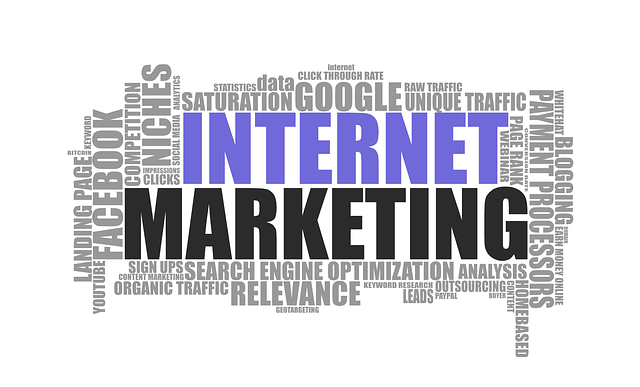AI is transforming commercial landscaping through intelligent AI task routing for groundskeeping staff. By leveraging machine learning, AI systems analyze vegetation data, weather patterns and historical records to optimize tasks like mowing, pruning and pest control. This results in more efficient routes, improved resource allocation, enhanced operational productivity, and environmentally conscious practices. While initial implementation challenges exist, the long-term benefits of AI task routing include cost savings, better pest control effectiveness, and valuable data insights.
In today’s digital era, Artificial Intelligence (AI) is transforming various sectors, and commercial landscaping is no exception. This article explores how AI is revolutionizing outdoor space management, focusing on two key aspects: AI’s role in optimizing commercial landscaping and its potential in powered pest control. We’ll delve into implementing AI task routing for groundskeeping staff, highlighting benefits and challenges, to understand the future of smart, efficient, and eco-friendly green spaces.
- Understanding AI's Role in Commercial Landscaping
- Implementing AI Task Routing for Groundskeeping Staff
- Benefits and Challenges of AI-Powered Pest Control
Understanding AI's Role in Commercial Landscaping

Artificial Intelligence (AI) is transforming commercial landscaping, offering efficient and precise solutions to enhance outdoor spaces. One of its key roles involves optimizing AI task routing for groundskeeping staff. By leveraging machine learning algorithms, AI systems can analyze vast amounts of data related to a property’s landscape, including vegetation types, weather patterns, and historical maintenance records. This enables intelligent decision-making, creating optimized routes for staff to efficiently manage tasks such as mowing, pruning, and pest control.
The integration of AI brings numerous benefits to commercial landscaping businesses. It improves operational productivity by reducing time spent on planning and navigation. Additionally, AI can identify specific areas requiring attention due to its advanced analytical capabilities, ensuring that resources are allocated effectively. This technology promises a future where groundskeeping operations are more streamlined, environmentally conscious, and cost-efficient.
Implementing AI Task Routing for Groundskeeping Staff

Implementing AI Task Routing for Groundskeeping Staff can significantly enhance efficiency and productivity in commercial landscaping. By leveraging machine learning algorithms, AI systems can analyze various factors such as weather conditions, property size, and pest activity to optimize task allocation. This ensures that groundskeeping staff are equipped with the right tools and knowledge at the outset, minimizing time wasted on unproductive tasks and maximizing their impact.
AI-driven task routing also facilitates better workload management, allowing for dynamic adjustments based on real-time data. This proactive approach enables staff to focus on high-priority areas, such as pest control, where AI can identify patterns of infestation and recommend targeted treatments. As a result, commercial landscapes benefit from more effective and efficient pest management, contributing to overall property aesthetics and tenant satisfaction.
Benefits and Challenges of AI-Powered Pest Control

AI-powered pest control offers numerous advantages for commercial landscaping businesses, revolutionizing traditional methods. One significant benefit is enhanced efficiency through AI task routing for groundskeeping staff. These intelligent systems can optimize worker schedules, assigning tasks based on real-time data and weather conditions, ensuring a swift response to pest issues. With AI, groundskeepers receive precise instructions and navigation to problem areas, minimizing time wasted on unproductive wandering.
However, challenges exist in implementing this technology. Data privacy and security concerns are paramount, as sensitive information about facilities and pest management practices must be protected. Additionally, initial setup costs and the need for specialized training can be deterrents, requiring businesses to invest in infrastructure and employee development. Despite these hurdles, the long-term gains in terms of cost savings, improved pest control effectiveness, and data-driven insights make AI an attractive and increasingly necessary tool for commercial landscaping operations.
AI is transforming commercial landscaping, offering efficient solutions through AI task routing for groundskeeping staff. By optimizing tasks and enhancing pest control efforts with AI-powered tools, businesses can achieve healthier landscapes and reduced operational costs. While challenges exist, the benefits of this technology are undeniable, promising a future where intelligent automation plays a crucial role in maintaining vibrant, thriving outdoor spaces.
